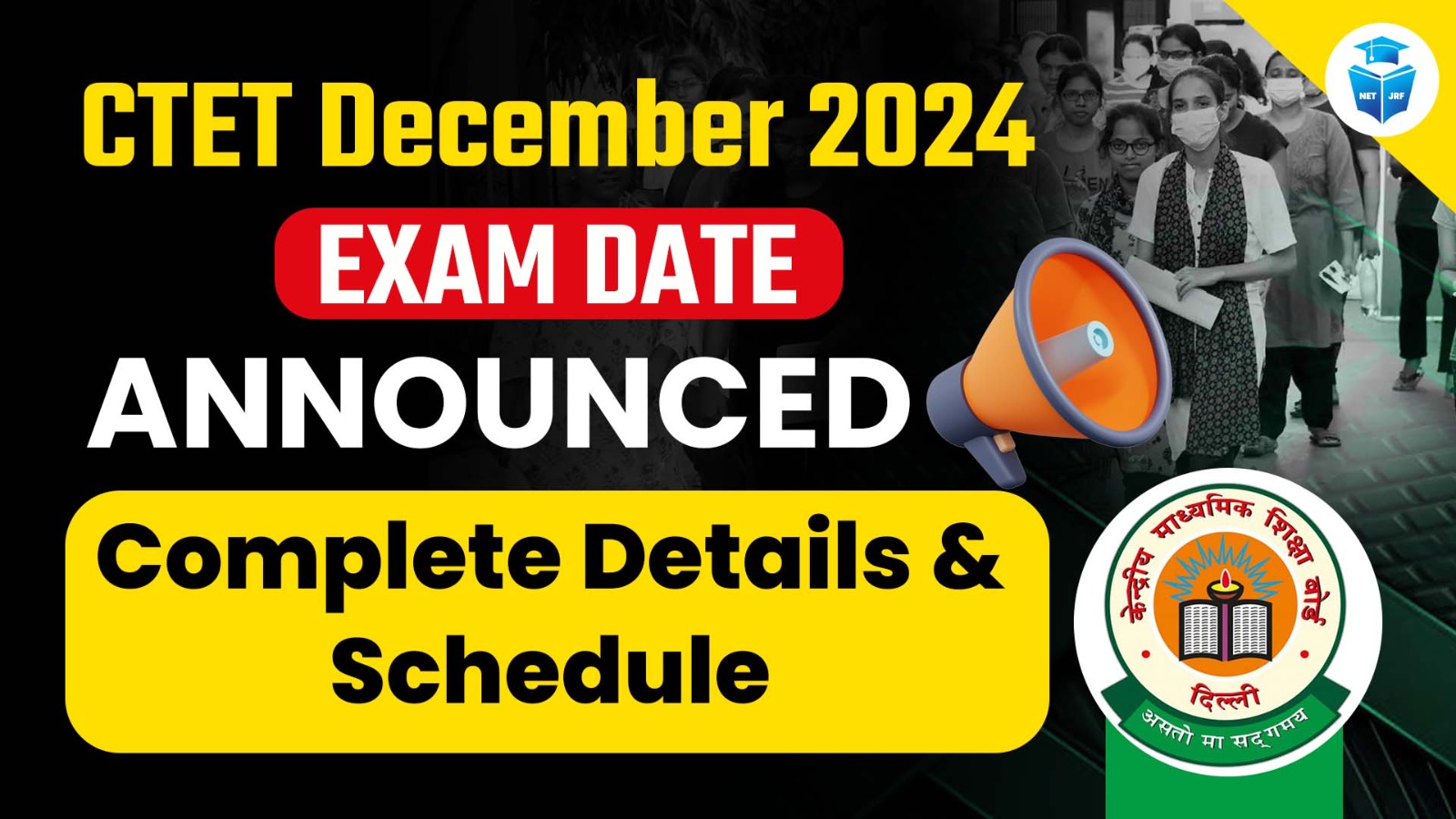|
Unit – I
|
- Negotiating the Sources: Archaeological sources: Exploration, Excavation, Epigraphy and Numismatics. Dating of Archaeological Sites. Literary Sources: Indigenous Literature: Primary and Secondary: problem of dating Religious and Secular Literature, Myths, Legends, etc. Foreign Accounts: Greek, Chinese and Arabic.
- Pastoralism and Food production: Neolithic and Chalcolithic Phase: Settlement, distribution, tools and patterns of exchange.
- Indus/Harappa Civilization: Origin, extent, major sites, settlement pattern, craft specialization, religion, society and polity, Decline of Indus Civilization, Internal and external trade, First urbanization in India.
- Vedic and later Vedic periods; Aryan debates, Political and Social Institutions, State Structure and Theories of State; Emergence of Varnas and Social Stratification, Religious and Philosophical Ideas. Introduction of Iron Technology, Megaliths of South India.
- Expansion of State system: Mahajanapadas, Monarchical and Republican States, Economic and Social Developments and Emergence of Second Urbanization in 6 th century BCE; Emergence of heterodox sects-Jainism, Buddhism and Ajivikas.
|
|
Unit – II
|
- From State to Empire: Rise of Magadha, Greek invasion under Alexander and its effects, Mauryan expansion, Mauryan polity, society, economy, Asoka’s Dhamma and its Nature, Decline and Disintegration of the Mauryan Empire, Mauyan art and architecture, Asokan edicts: language and script.
- Dissolution of Empire and Emergence of Regional Powers: Indo-Greeks, Sungas, Satavahanas, Kushanas and Saka-Ksatrapas, Sangam literature, polity and society in South India as reflected in Sangam literature. Trade and commerce from 2nd century BCE to 3rd century CE, Trade with the Roman World, Emergence of Mahayana Buddhism, Kharavela and Jainism, Post-Mauryan art and Architecture. Gandhara, Mathura and Amaravati schools.
- Gupta Vakataka age: Polity and Society, Agrarian Economy, Land Grants, Land Revenue and Land Rights, Gupta Coins, Beginning of Temple Architecture, Emergence of Puranic Hinduism, Development of Sanskrit Language and Literature. Developments in Science Technology, Astronomy, Mathematics and Medicine.
- Harsha and his Times: Administration and Religion. Salankayanas and Visnukundins in Andhradesa.
|
|
Unit – III
|
- Emergence of Regional Kingdoms: Kingdoms in Deccan: Gangas, Kadmabas, Western and Eastern Chalukyas, Rashtrakutas, Kalyani Chalukyas, Kakatiyas, Hoysalas and Yadavas.
- Kingdoms in South India: Pallavas, Ceras, Colas and Pandyas,
- Kingdoms in Eastern India: Palas and Senas of Bengal, Varmans of Kamarupa, Bhaumakaras and Somavamsis of Odisha.
- Kingdoms in Western India: Maitrakas of Vallabhi and Chalukyas of Gujarat.
- Kingdoms in North India: Gurjara-Pratiharas, Kalachuri-Chedis, Gahadavalas and Paramaras.
- Characteristics of Early Medieval India: Administration and Political Structure Legitimation of Kingship.
- Agrarian economy; land grants, changing production relations; graded land rights and peasantry, water resources, taxation system, coins and currency system;
- Trade and urbanization: patterns of trade, and urban settlements, ports and trade routes, merchandise and exchange, trade guilds; trade and colonization in south- east Asia.
- Growth of Brahmanical religions: Vaisnavism and Saivism; Temples; Patronage and Regional Ramification; Temple Architecture and Regional Styles. Dana, Tirtha and Bhakti, Tamil Bhakti movement - Shankara, Madhava and Ramanujacharya.
- Society: Varna, Jati and Proliferation of Castes, Position of women; Gender, marriage and property relations; Women in public life. Tribes as peasants and their place in Varna order. Untouchability.
- Education and Educational Institutions: guilds; trade and colonization in south- east Asia.
- Growth of Brahmanical religions: Vaisnavism and Saivism; Temples; Patronage and Regional Ramification; Temple Architecture and Regional Styles. Dana, Tirtha and Bhakti, Tamil Bhakti movement - Shankara, Madhava and Ramanujacharya.
- Society: Varna, Jati and Proliferation of Castes, Position of women; Gender, marriage and property relations; Women in Agraharas, Mathas and Mahaviharas as Centres of Education. Growth of Regional Languages.
- Debates of state formation in early medieval India: A) Feudal model; B) Segmentary model; C) Integrative model
- Arab contracts: Suleiman Ghaznavid conquests. Alberuni’s Accounts.
|
|
Unit – IV
|
- Source of Medieval Indian History: Archaeological, Epigraphic and Numismatic sources, Material evidences and Monuments; Chronicles; Literary sources – Persian, Sanskrit and Regional languages; Daftar Khannas: Firmans, Bahis / Pothis / Akhbarat; Foreign Travellers’ Accounts – Persian and Arabic.
- Political Developments – The Delhi Sultanate – the Ghorids, the Turks, the Khaljis, the Tughlaqs, theSayyids and the Lodis. Decline of Delhi Sultanate.
- Foundation of the Mughal Empire – Babur, Humayun and the Suris ; Expansion and Consolidation from Akbar to Aurangzeb. Decline of the Mughal Empire. Later Mughals and Disintegration of the Mughal Empire.
- The Vijayanagara and the Bahmanis - Deccan Sultanate; Bijapur, Golkonda, Bidar, Berar and Ahmadnagar – Rise, Expansion and Disintegration; Eastern Gangas and SuryavamshiGajapatis.
- Rise of the Marathas & the foundation of Swaraj by Shivaji ; its expansion under the Peshwas ; Mughal – Maratha relations, Maratha Confederacy, Causes of Decline.
|
|
Unit – V
|
- Administration & Economy: Administration under the Sultanate, Nature of State – Theocratic and Theocentric, Central, Provincial and Local Administration, Law of succession.
- Sher Shah’s Administrative Reforms ; Mughal Administration – Central, Provincial and Local : Mansabdari and Jagirdari Systems.
- Administrative System in the Deccan – The Vijayanagara State & Polity, Bahamani Administrative System; Maratha Administration – Asta Pradhan.
- Frontier Policies under Delhi Sultanate and Mughals.
- Inter-State Relations during the Sultanate and the Mughals.
- Agricultural Production and Irrigation System, Village Economy, Peasantry, Grants and Agricultural Loans, Urbanization and Demographic Structure.
- Industries – Cotton Textiles, Handicrafts, Agro-Based industries, Organisation, Factories & Technology.
- Trade and Commerce – State Policies, Internal and External Trade: European Trade, Trade Centres and Ports, Transport and Communication.
- Hundi (Bills of Exchange) and Insurance, State Income and Expenditure, Currency, Mint System; Famines and Peasant Revolts.
|
|
Unit – VI
|
- Society and Culture: Social Organisation and Social Structure.
- The Sufis – Their Orders, Beliefs and Practices, the leading Sufi Saints, Social Synchronization.
- Bhakti Movement – Shaivism; Vaishnavism, Shaktism.
- The Saints of the Medieval Period – North and South – their impact on Socio- Political and Religious Life – Women Saints of Medieval India.
- The Sikh Movement – Guru Nanak Dev: his teachings and practices, Adi Granth; the Khalsa.
- Social Classification: Ruling Class, Major Religious Groups, the Ulemas, the Mercantile and Professional Classes – Rajput Society.
- Rural society – Petty Chieftains, Village Officials, Cultivators and Non-Cultivating Classes, Artisans.
- Position of Women – Zanana System – Devadasi System.
- Development of Education, Centres of Education and Curriculum, Madarasa Education.
- Fine Arts – Major Schools of Painting – Mughal, Rajasthani, Pahari, Garhwali; Development of Music.
- Art and Architecture, Indo-Islamic Architecture, Mughal Architecture, Regional Styles.
- Indo-Arabic Architecture, Mughal Gardens, Maratha Forts, Shrines and Temples.
|
|
Unit –VII
|
- Sources of Modern Indian History: Archieval Materials, Biographies and Memoirs, Newspapers, Oral Evidence, Creative Literature and Painting, Monuments, Coins.
- Rise of British Power: European Traders in India in the 16th to 18th Centuries – Portuguese, Dutch, French and the British.
- Establishment and Expansion of British Dominion in India.
- British Relations with Principal Indian States – Bengal, Oudh, Hyderabad, Mysore, Carnatic and Punjab.
- Revolt of 1857, Causes, Nature and Impact.
- Administration of the Company and the Crown; Evolution of Central and Provincial Structure under East India Company.
- Paramountcy, Civil Service, Judiciary, Police and the Army under the Company; British Policy and Paramountcy in the Princely States under the Crown.
- Local Self-Government. Constitutional Changes, 1909 – 1935.
|
|
Unit – VIII
|
- Colonial Economy: Changing Composition, Volume and Direction of Trade.
- Expansion and Commercialization of Agriculture, Land Rights, Land Settlements, Rural Indebtedness, Landless Labour, Irrigation and Canal System.
- Decline of Industries – Changing Socio-Economic Conditions of Artisans; De-urbanisation; Economic Drain; World Wars and Economy.
- British Industrial Policy; Major Modern Industries; Nature of Factory Legislation; Labour and Trade Union Movements.
- Monetary Policy, Banking, Currency and Exchange, Railways and Road Transport, Communications – Post & Telegraph.
- Growth of New Urban Centres; New Features of Town Planning and Architecture, Urban Society and Urban Problems.
- Famines, Epidemics and Government Policy. Tribal and Peasant Movements.
- Indian Society in Transition: Contact with Christianity – the Missions and Missionaries; Critique of Indian Social and Economic Practices and Religious Beliefs; Educational and Other Activities.
- The New Education – Government Policy; Levels and Contents; English Language; Development of Science, Technology, Public Health & Medicine – Towads Modernism.
- Indian Renaissance – Socio-Religious Reforms; Emergence of Middle Class; Caste Associations and Caste Mobility.
- Women’s Question – Nationalist Discourse; Women’s Organisations; British Legislation concerning Women, Gender Identity & Constitutional Position.
- The Printing Press – Journalistic Activity and the Public opinion.
- Modernisation of Indian Languages and Literary Forms – Reorientation in Painting, Music and Performing Arts.
|
|
Unit – IX
|
- Rise of Indian Nationalism: Social and Economic basis of Nationalism. Birth of Indian National Congress; Ideologies and Programmes of the Indian
- National Congress, 1885-1920: Early Nationalists, Assertive Nationalists and Revolutionaries. Swadeshi and Swaraj.
- Gandhian Mass Movements; Subas Chandra Bose and INA; Role of Middle Class in National Movement; Women Participation in National Movement.
- Left Wing Politics. Depressed Class Movement.
- Communal Politics; Muslim League and Genesis of Pakistan. Towards Independence and Partition.
- India after Independence: Challenges of Partition; Integration of the Indian Princely States; Kashmir, Hyderabad & Junagarh.
- B.R. Ambedkar – The making of the Indian Constitution, its Features.
- The Structure of Bureaucracy. New Education Policy.
- Economic Policies and the Planning process; Development, Displacement and Tribal Issues.
- Linguistic Reorganisation of States; Centre-State Relations.
- Foreign Policy Initiatives – Panchsheel; Dynamics of Indian Politics-Emergency; Liberalisation, Privatisation & Globalisation of Indian Economy.
|
|
Unit – X
|
- Historical Method, Research, Methodology and Historiography: Scope and Importance of History
- Objectivity and Bias in History
- Heuristics Operation, Criticism in History, Synthesis and Presentation History and its Auxiliary Sciences
- History a Science, Arts or a Social Science Causation and Imagination in History Significance of Regional History
- Recent Trends of Indian History Research Methodology Hypothesis in History
- Area of Proposed Research
- Sources – Data Collection, Primary / Secondary, Original and Transit Sources
- Trends in Historical Research Recent Indian Historiography Selection of Topic in History
- Notes Taking, References, Footnotes and Bibliography Thesis and Assignment Writing
- Plagiarism, Intellectual Dishonesty and History Writing Beginnings of Historical Writings – Greek, Roman and Church Historiography
- Renaissance and its Impact on History Writing Negative and Positive Schools of Historical Writing Berlin Revolution in History Writing – Von Ranke Marxist Philosophy of History – Scientific Materialism Cyclical Theory of History – Oswald Spengler
- Challenge and Response Theory – Arnold Joseph Toynbee Post – Modernism in History.
|
.jpg)
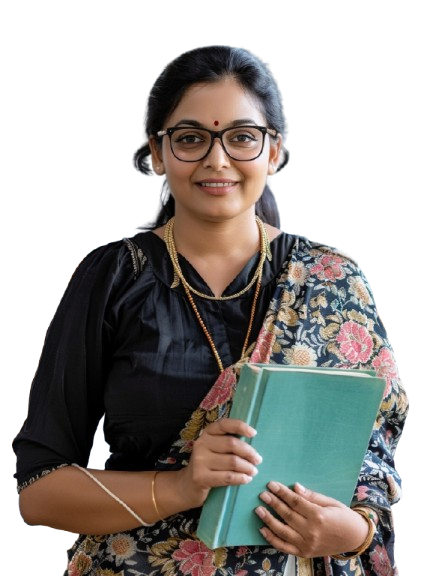
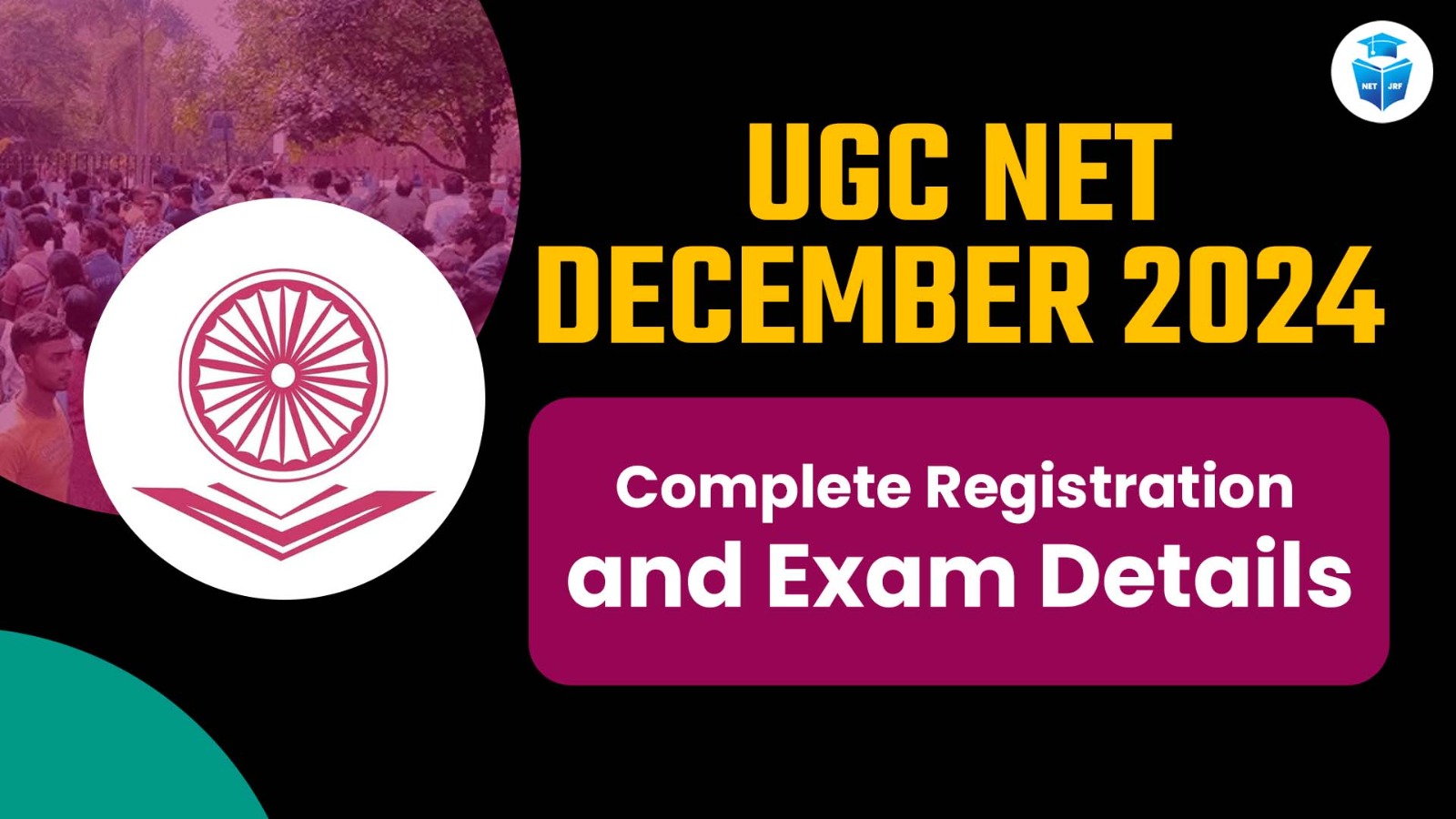
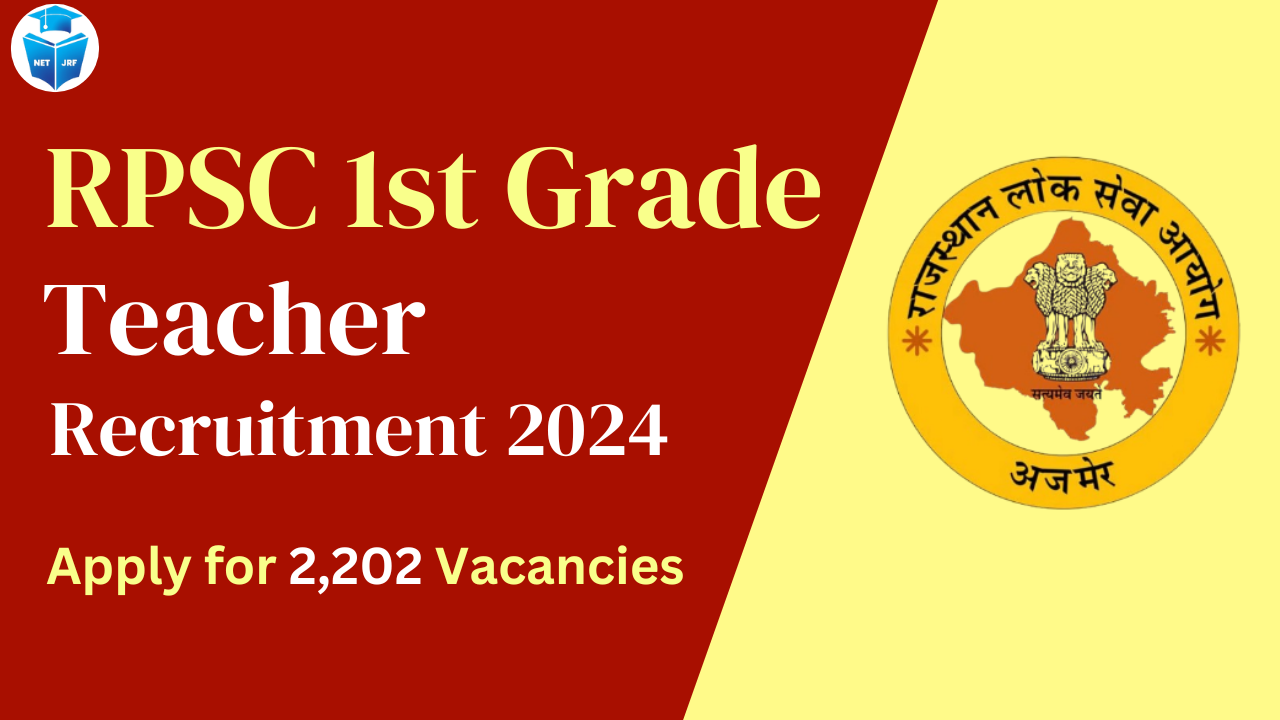
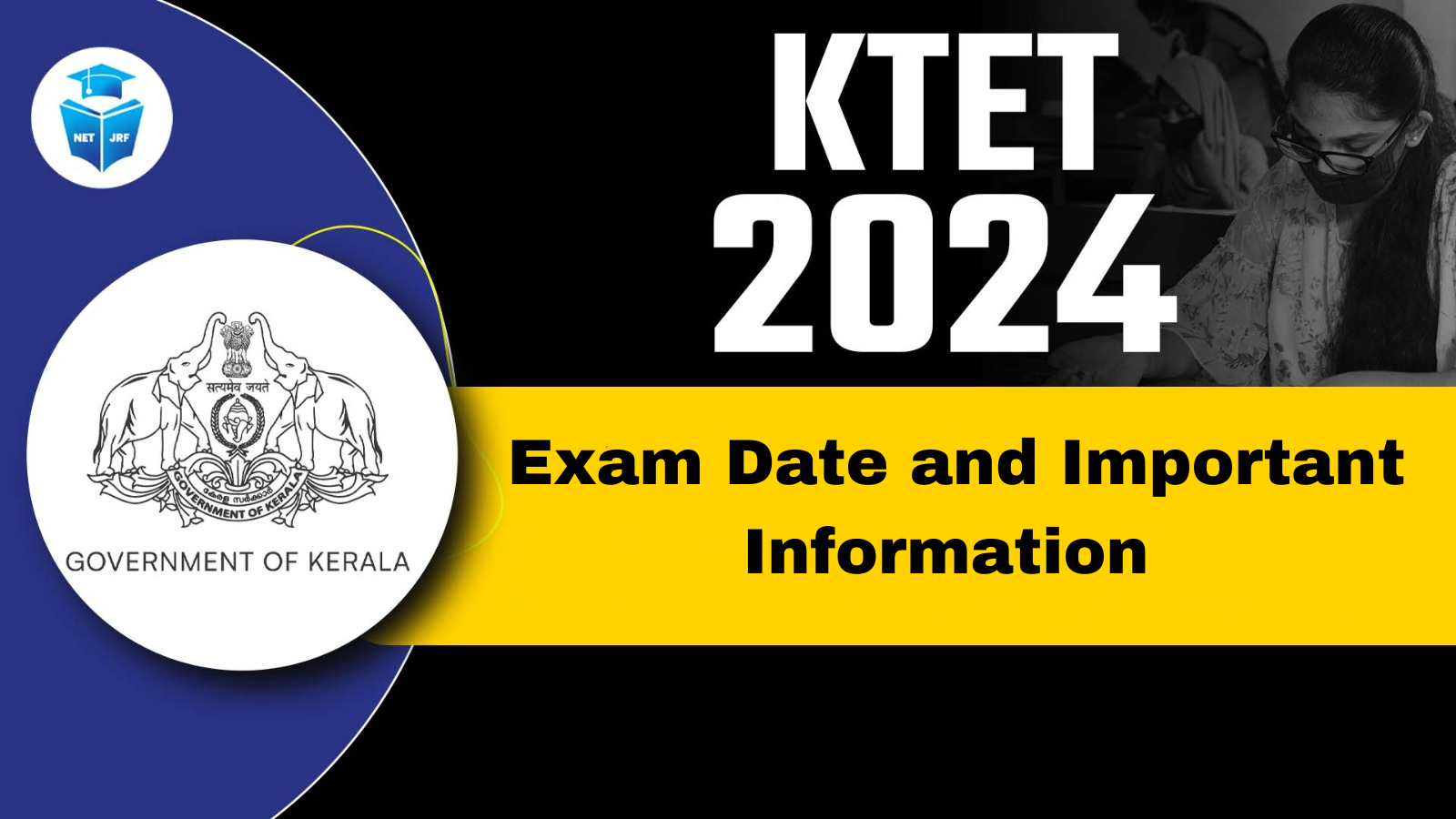
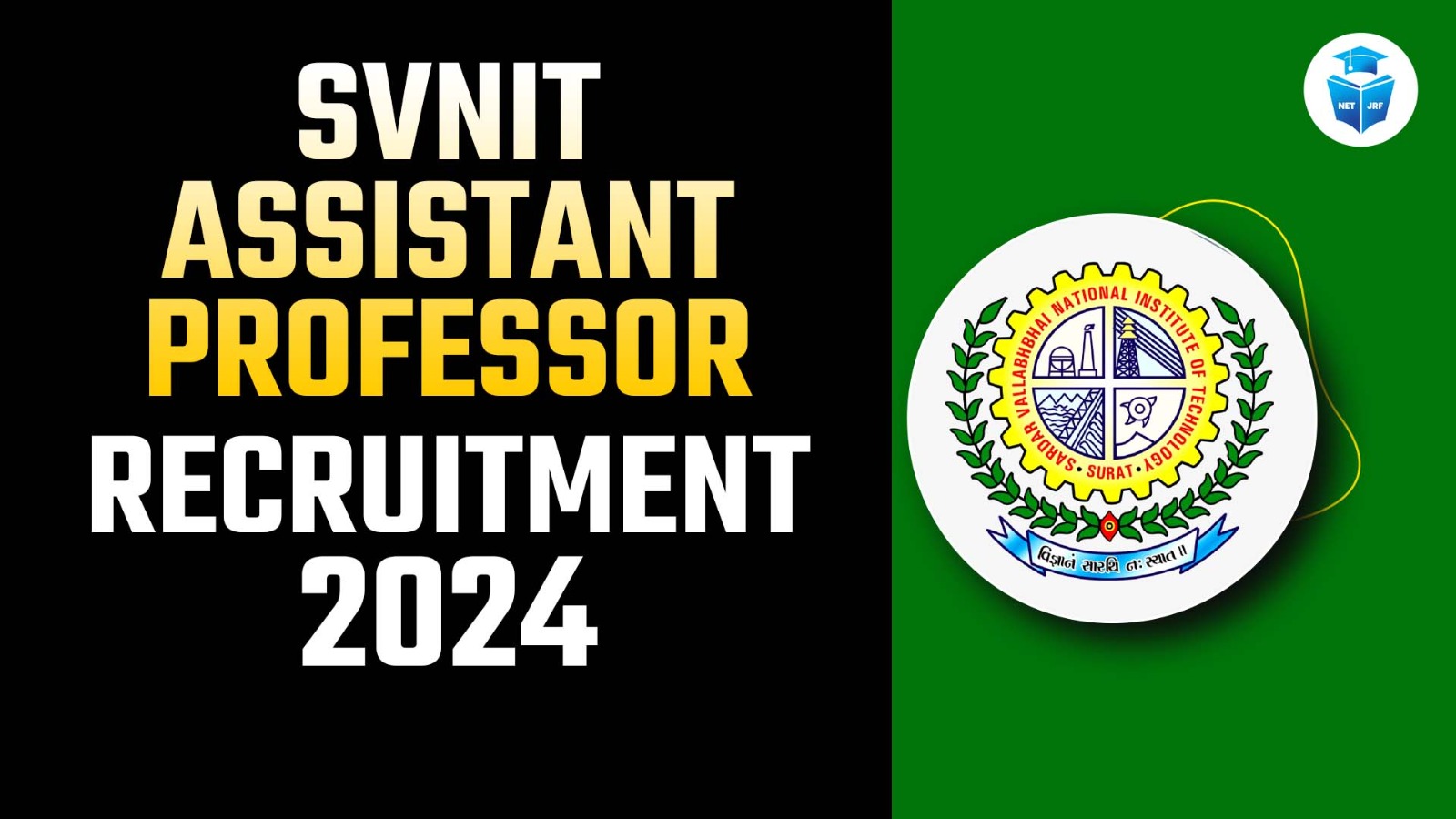
.jpeg)
